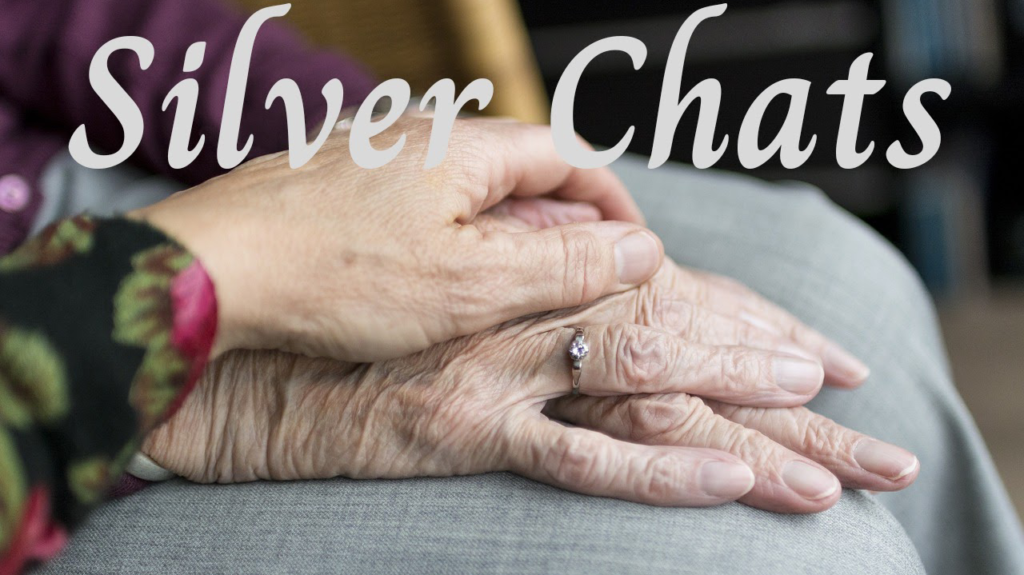When I retired a few years ago, I had a concept of what I wanted it to look like. I looked at my life and divided it into thirds. The first third was from birth to 25, the second was from 25 to 60, and the last was from 60 to death. I self-described the first third as my growing and learning years, and the second as my career, family, and accumulating years. I didn’t have an exact description of the last third of my life, but I knew I wanted it to be different than the first two-thirds.
That meant freedom from earlier life stresses, downsizing to a simpler lifestyle, and giving back. I adopted habits of needs not wants, mobility without attachments, and volunteer venues. I sought to incorporate physical and mental wellness through dietary changes, supplements, and regular exercise. I traveled internationally to volunteer and learned the art of mindfulness, meditation, detachment, and being present in the moment.
Research shows the 4 pillars of retirement are: finances, health, family, and purpose. Studies say what people want out of retirement is post-retirement work and educational upgrades or exposure to new information and skills. (https://retirees.uw.edu>resoureces). I want my golden years filled with a different schedule and fewer commitments than my earlier years. But it is a personal choice.
People may have different wants and needs from retirement than those mentioned above, including:
- Freedom – Many retirees want freedom from the pressures to get ahead, keep up with neighbors, and not have the stress of work-related jobs.
- Happiness – Some retirees want to figure out how to be and stay happy and not just consider money.
- Wellness – Many retirees prioritize wellness as a retirement goal.
- Relationships – Some retirees want to spend time with family and friends, prioritizing nurturing and connecting with others.
- Compassion – Some retirees find themselves more compassionate and patient with themselves and others and want to nurture that trait.
- Gratitude – Some retirees may find themselves more grateful and appreciative of their blessings and wish to make that a focus of their retirement.
- Openness – Some retirees may find themselves open to possibilities they never imagined before, such as living abroad.
Whatever the focus and direction chosen, the number one add-on to our retirement years should be the art of doing nothing. The satisfying art of doing nothing is a practice that, once mastered, has proven mental and physical health benefits such as lower blood pressure, relaxing muscles, and sharpening focus. This is all without investing in products or services and without much effort.
What is the art of doing nothing? The Dutch call it Niksen. A Dutch philosophy referring to the practice of intentionally doing nothing or engaging in activities that require minimal effort. Niksen is about being present in the moment and letting go of the need for constant activity or stimulation. The Italians call it Dolce far niente, which means the sweetness of doing nothing. It refers to the pleasure one gets from being idle and is similar to the saying “Stop and smell the roses.” Yet another definition would be Zen: practicing mindfulness and being present in the moment.
How does one go about practicing the art of doing nothing?
- Start Small: begin with 5-10 minutes and build up from there.
- Find A Quiet Place: choose a safe, quiet place with no distractions.
- Put Away Electronics: turn off your phone, computer, and TV.
- Let Your Mind Wander: allow your thoughts to go where they will without focusing on any one thought.
- Be Present: notice the things around you and try and be fully present in the moment.
- Schedule It In: Prioritize time to do nothing and practice regularly.
- Sit With The Discomfort: it may feel awkward or uncomfortable at first, but the benefits of clarity and increased creativity outweigh them.
- Try Different Activities : watch the sunrise or sunset, people watch, take a slow stroll, or just get out in nature.
What are the reasons for practicing the art of doing nothing? There are so many, but in retirement especially, there are several reasons worth considering.
- Mental Health: Doing nothing can help your brain process experiences, consolidate memories, and reinforce learning. It can also help regulate emotions, maintain focus, and increase productivity.
- Stress Reduction: Taking a break to do nothing can help your mind unwind and your brain reset, which can reduce stress.
- Physical Health: Doing nothing can lower blood pressure and relax skeletal muscles.
- Creativity: Letting your brain rest can trigger more imaginative thoughts and ideas.
- Being Present: Doing nothing can change your perspective and offers the opportunity to spend more time in the moment and appreciate the world around you.
- Sense of Purpose: Being alone with your thoughts can lead to a larger sense of purpose.
- Gut Feelings: Doing nothing can help you get in touch with your gut feelings, which can motivate you to make changes.
Retirement brings emotional challenges and is complex. It can be a time of exploring new interests and discovering new things. It can also be a time of confusion and fear. It offers the opportunity to do things differently and choose healthier, better ways of living. We are unencumbered by raising kids, working schedules, and accumulating possessions. It should be a time of letting go of the past and opening ourselves to experiences we never would have imagined in our lives. Mastering the art of doing nothing offers time to relax and ponder ourselves and our lives. It allows us to clear our thoughts and our minds and offers clarity. It provides the means to relax our muscles and give our minds and bodies a break from our daily routines. Learning the art of doing nothing should be a daily priority and part of holistic aging practices. It is part of discovering the endless possibilities of aging.
